11 GPTs for Front-End Powered by AI for Free of 2025
AI GPTs for Front-End are advanced tools powered by Generative Pre-trained Transformers, tailored specifically for tasks in web development and interface design. These AI solutions are engineered to understand and generate code, design elements, and content that fit within the front-end development sphere. They leverage the capabilities of GPTs to provide highly customized solutions, aiding in tasks ranging from code generation to design mockup creation. The role of these tools is to streamline the development process, making it more efficient and accessible for both seasoned developers and those new to the field.
Top 10 GPTs for Front-End are: Web Developer GPT,Image to Code GPT,Web App Development Pro,Code Helper,Front-End Interviewer,CSS Lingo,NextJS Assistant,Web Dev Insights,Full Stack Project Mentor,Code Artist
Web Developer GPT
Empowering Development with AI Expertise
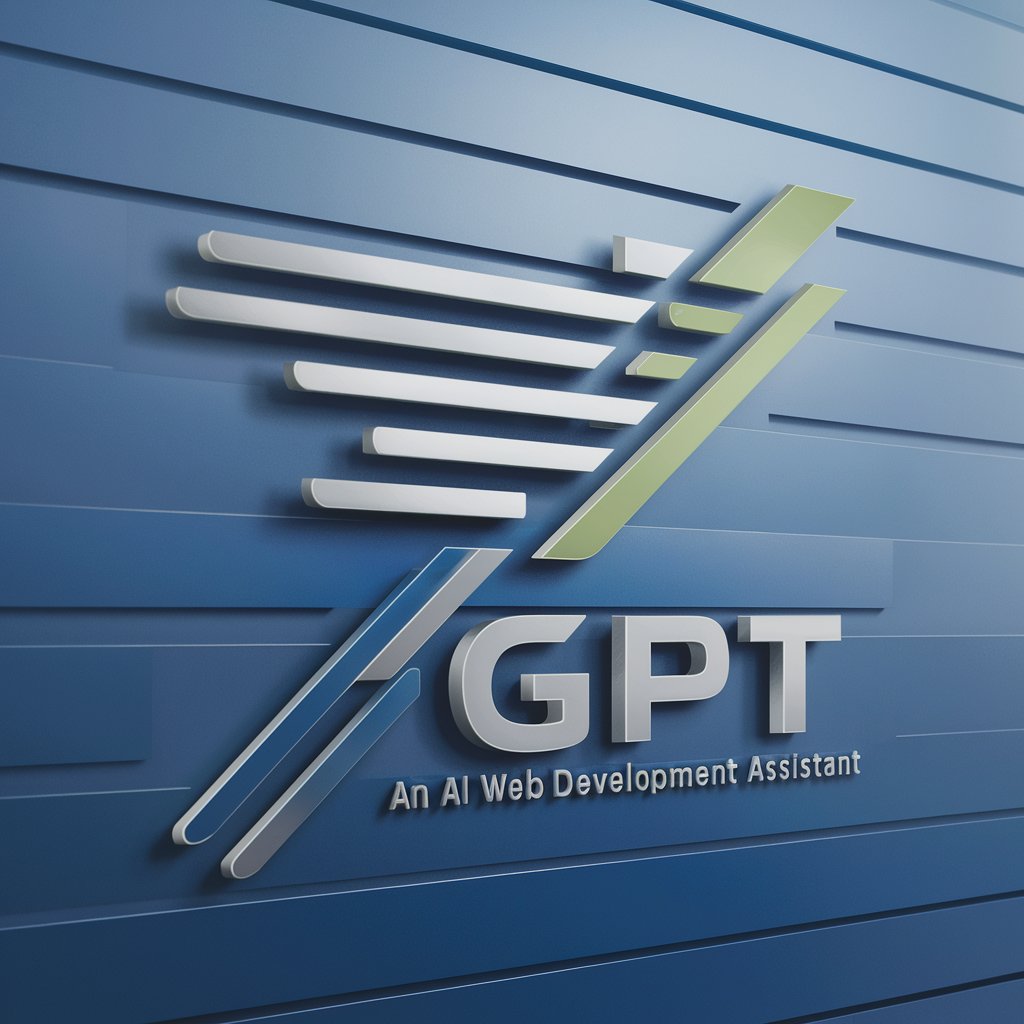
Image to Code GPT
Transforming Designs into Code, AI-Powered Precision
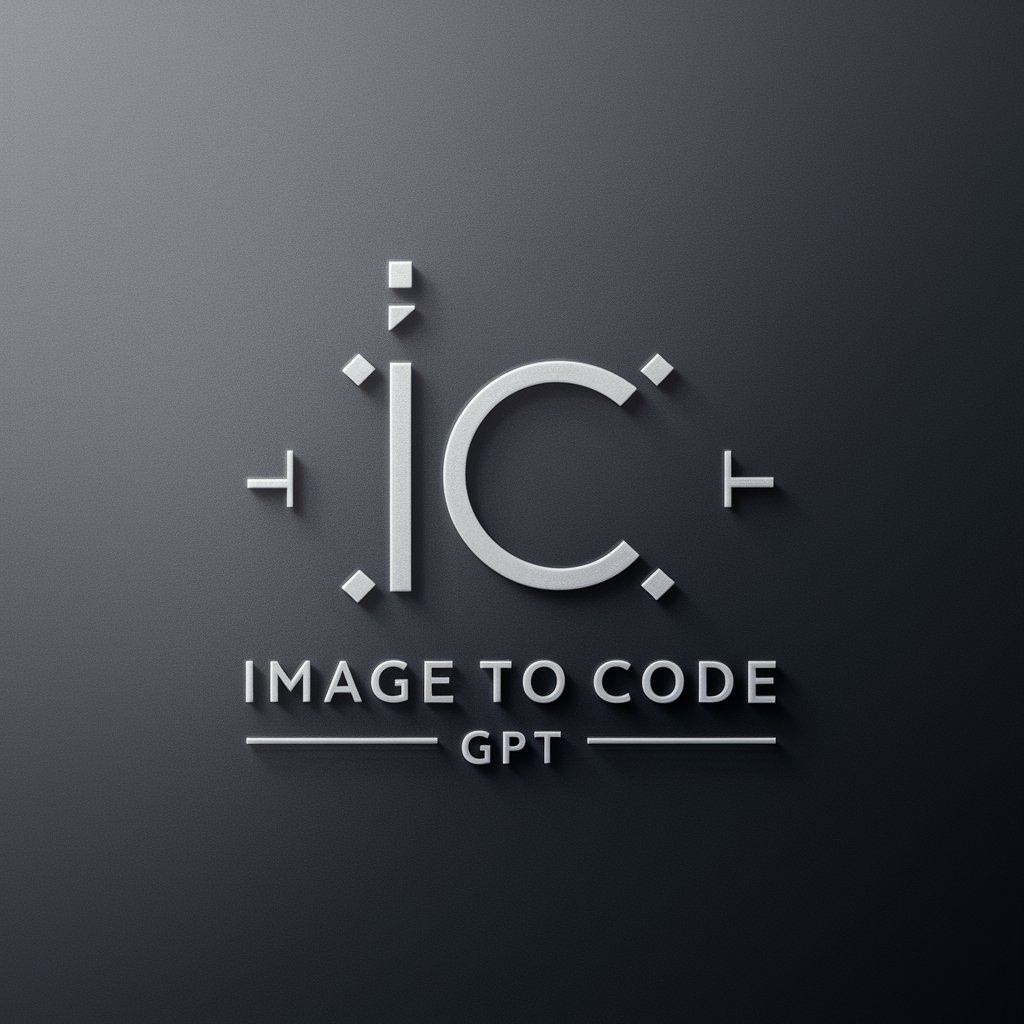
Web App Development Pro
AI-Powered Solutions for Your Web Development Needs

Code Helper
Empowering Code, Empowered by AI
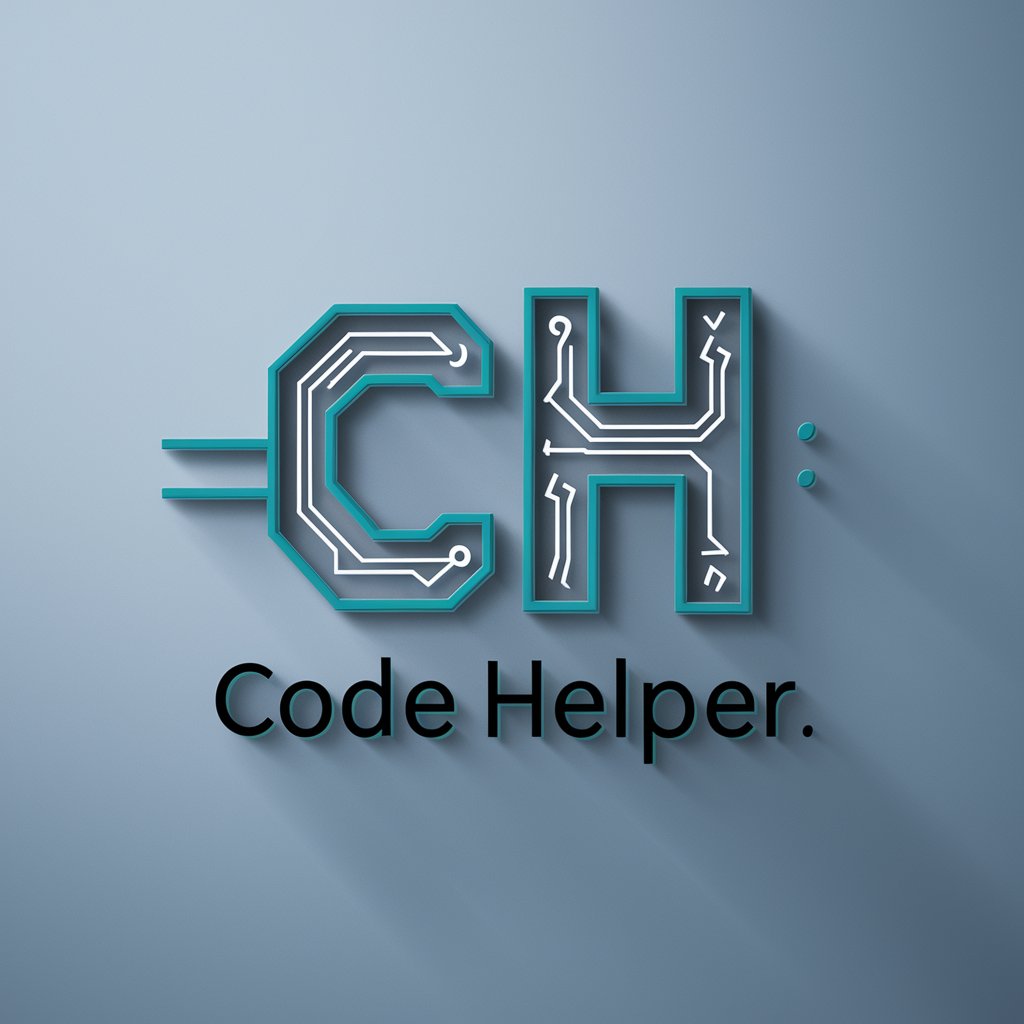
Front-End Interviewer
AI-Powered Front-End Interview Mastery
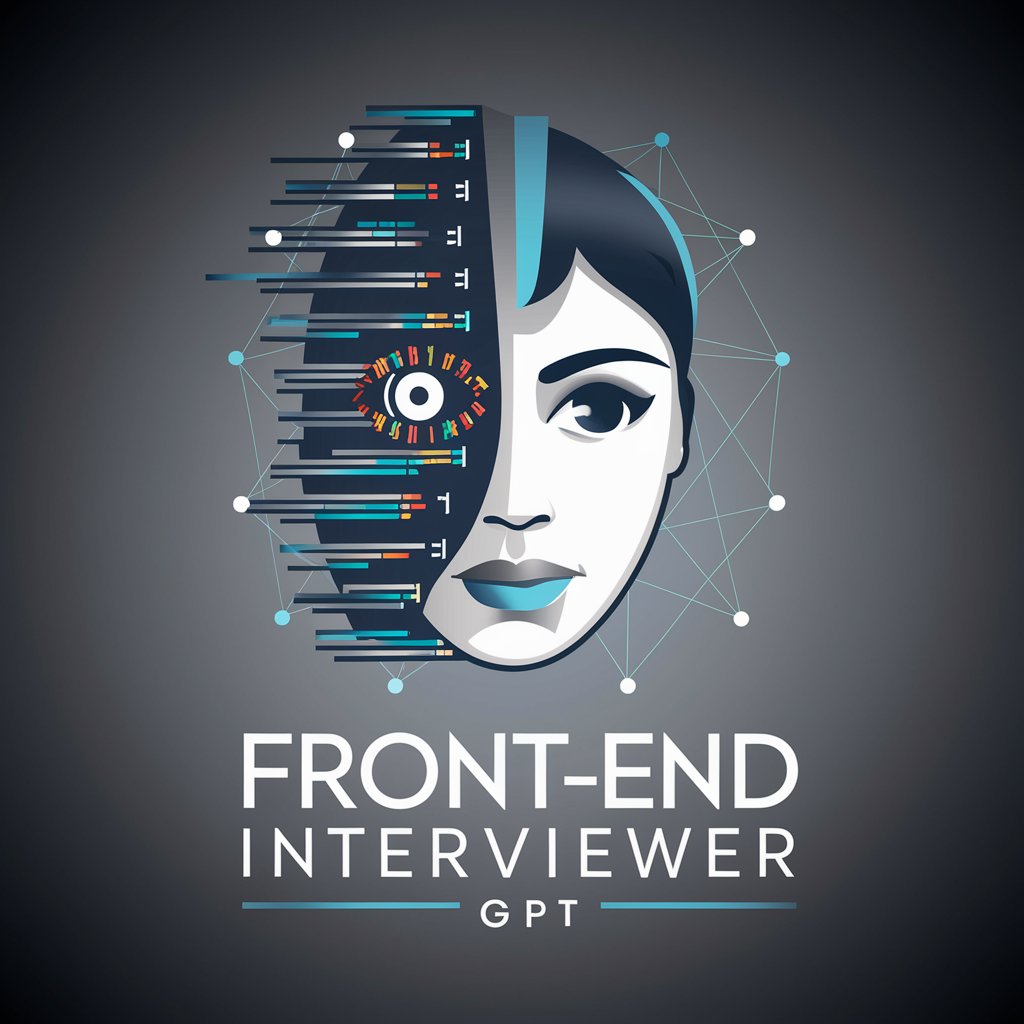
CSS Lingo
Transform Tailwind to CSS effortlessly with AI
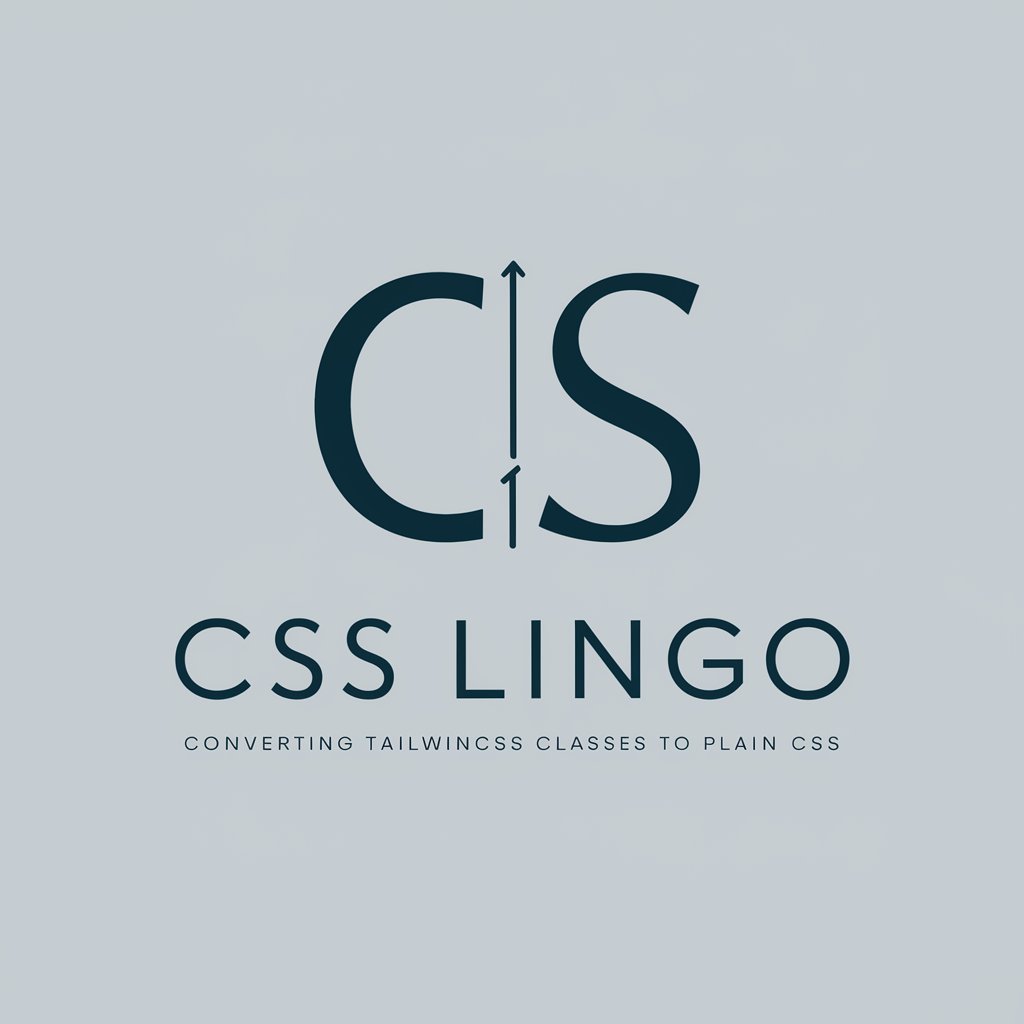
NextJS Assistant
Empowering NextJS development with AI
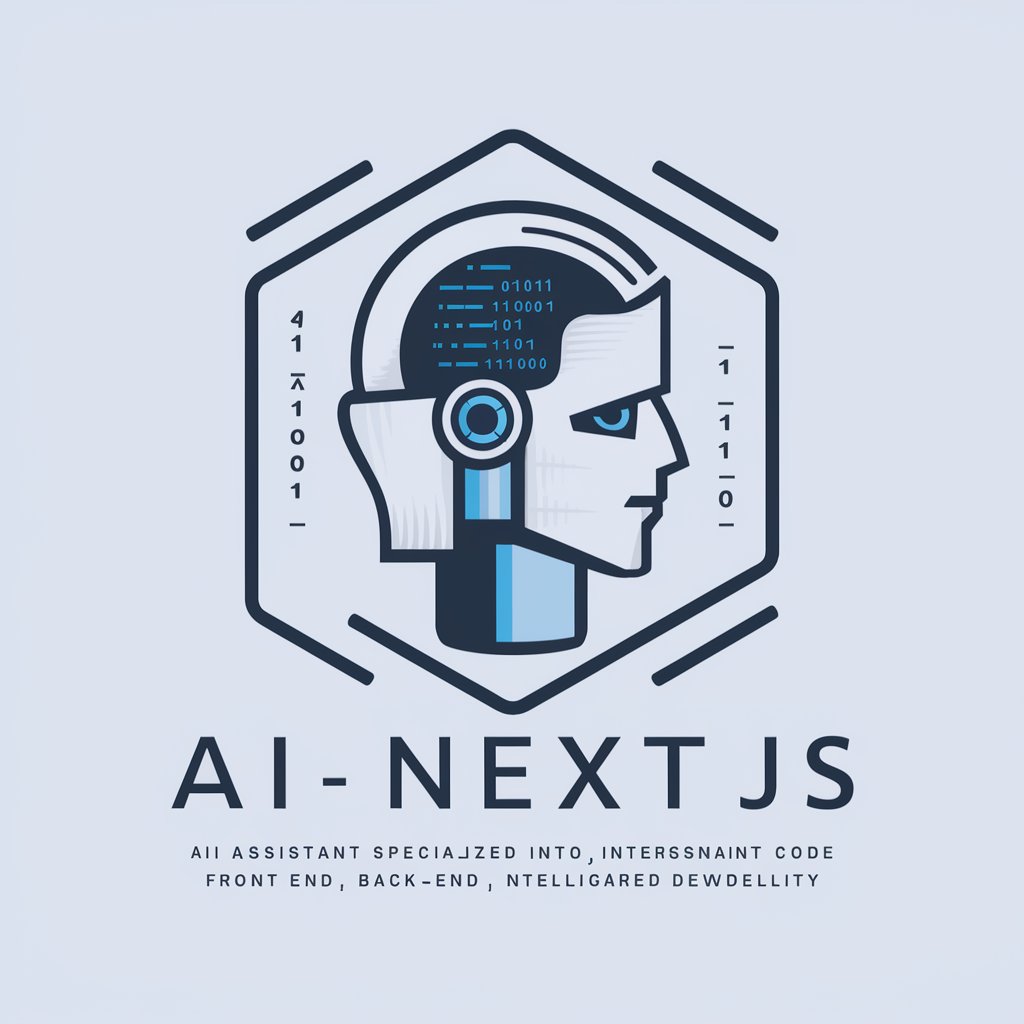
Web Dev Insights
Empowering developers with AI-driven insights

Full Stack Project Mentor
Empowering your code, end to end.
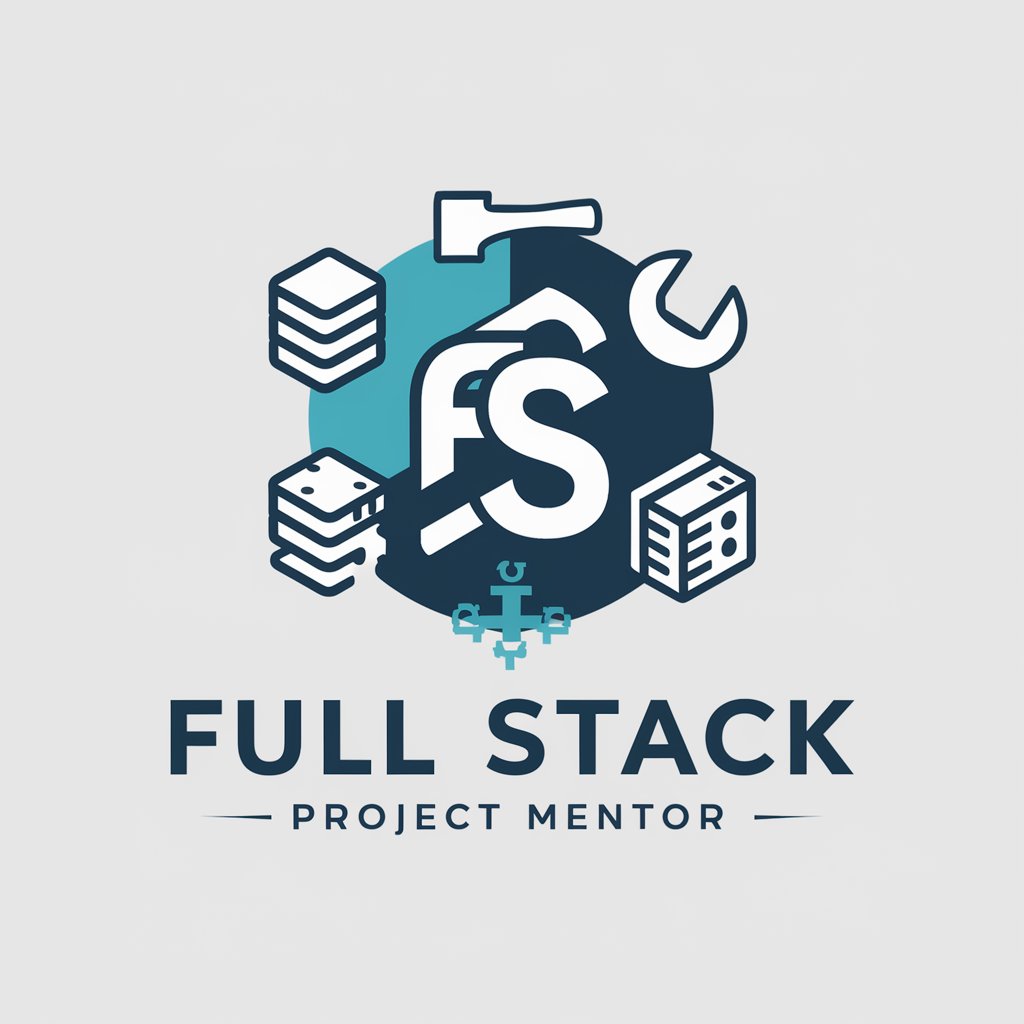
Code Artist
Transforming Designs into Code, Effortlessly

Web Dev Guide
Empowering Your Web Development Journey with AI

Key Attributes of Front-End AI GPTs
These AI tools for Front-End development stand out for their adaptability across a range of tasks, from generating code snippets in HTML, CSS, or JavaScript to creating and editing image assets for web interfaces. Special features include natural language processing for understanding and generating human-like text, technical support for debugging code, web searching capabilities for gathering information, image creation for visual assets, and data analysis for optimizing user interfaces. Their ability to learn from examples and adapt to new information makes them indispensable for modern web development.
Who Benefits from Front-End AI GPTs
The primary users of AI GPTs for Front-End include both beginners looking to learn web development and experienced developers seeking to streamline their workflow. These tools are also highly beneficial for web designers, content creators, and UI/UX professionals aiming to enhance the visual and functional aspects of web interfaces. Their accessibility for non-coders and customization options for those with programming skills make them versatile tools across the board.
Try Our other AI GPTs tools for Free
Back-End
Discover how AI GPTs for Back-End can automate your development process, offering tailored solutions for coding, data management, and system optimization.
Fiction Visualization
Discover AI GPTs for Fiction Visualization, innovative tools transforming text into visual stories. Perfect for creators aiming to bring narratives to vivid life.
Support Efficiency
Discover how AI GPTs for Support Efficiency leverage advanced AI to streamline customer and technical support services, enhancing operational efficiency and customer satisfaction.
Penetration Guidance
Discover how AI GPTs for Penetration Guidance revolutionize cybersecurity with dynamic, intelligent solutions for identifying vulnerabilities and enhancing defenses.
Threat Anticipation
Explore how AI GPTs for Threat Anticipation can transform your security strategy with advanced predictive capabilities and tailored solutions.
Emerging Assessment
Discover how AI GPTs for Emerging Assessment can transform your approach to evaluating new trends and technologies with tailored, predictive insights.
Expanding Horizons with Front-End AI GPTs
The adaptability of AI GPTs to various sectors within Front-End development highlights their versatility. From e-commerce platforms to educational websites, they offer tailored solutions that enhance user engagement and functionality. Their user-friendly interfaces and integration capabilities further ensure that they can be a valuable addition to any development team's toolkit, simplifying processes and fostering innovation.
Frequently Asked Questions
What exactly can AI GPTs for Front-End do?
They can assist with a variety of tasks, including code generation, debugging, web design, content creation, and optimization of user interfaces.
Do I need programming knowledge to use these tools?
Not necessarily. These tools are designed to be accessible for users with no coding background, offering intuitive interfaces and guidance for non-technical users.
Can AI GPTs for Front-End replace web developers?
While they provide significant assistance and efficiency improvements, they are intended to augment the capabilities of human developers, not replace them.
How do these AI tools learn and improve?
They utilize machine learning algorithms, including natural language processing, to learn from data inputs, user interactions, and feedback, continuously improving their accuracy and effectiveness.
Can these tools integrate with existing development workflows?
Yes, many AI GPTs for Front-End are designed to seamlessly integrate with popular development tools and workflows, enhancing productivity without disrupting existing processes.
Are there customization options for experienced developers?
Absolutely. Developers can customize the functionality, integrate APIs, and adjust settings to tailor the tools to specific project needs.
What types of projects can benefit from AI GPTs for Front-End?
Any web development project can benefit, from simple websites to complex web applications, enhancing both efficiency and creativity in the development process.
Is there a learning curve associated with these tools?
There may be an initial learning phase to familiarize oneself with the tool's features and capabilities, but most are designed with user-friendly interfaces to minimize the learning curve.